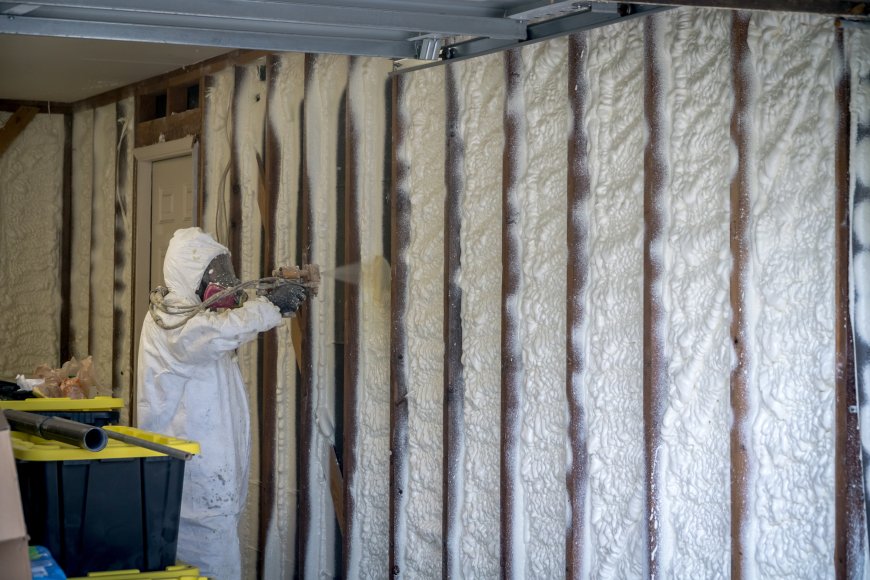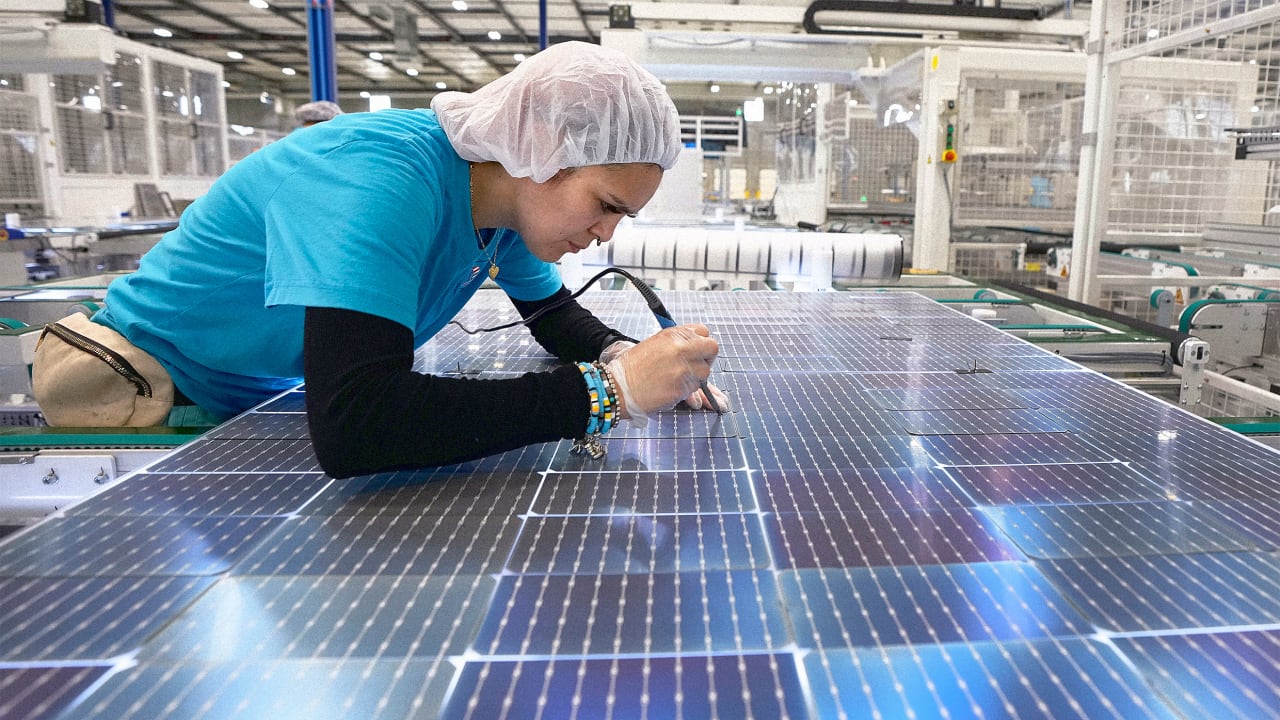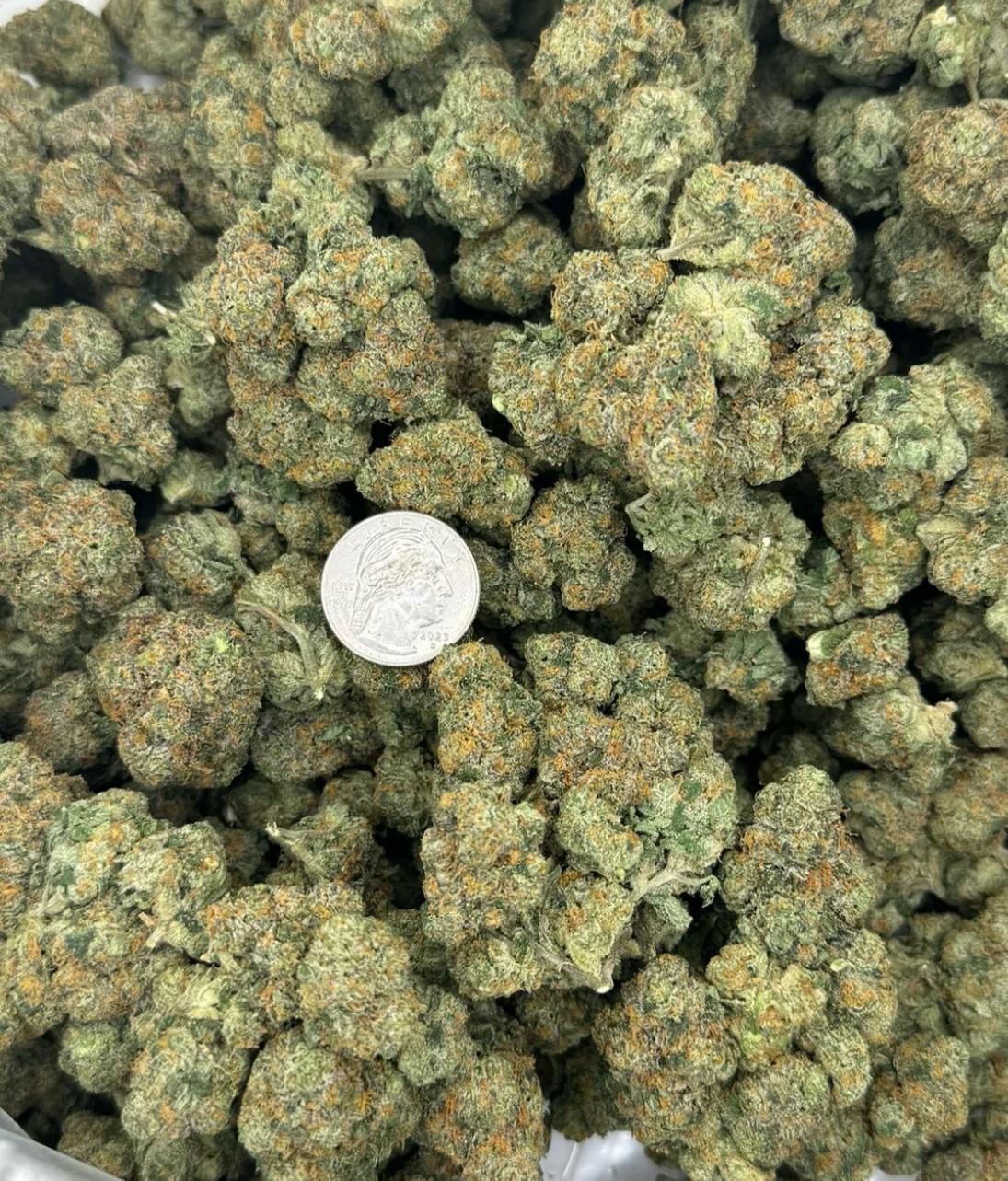Boundary Conditions and Foam’s Effect on Interior Gradients
By forming a continuous layer across gaps and joints, foam acts as both an air and thermal barrier. It reshapes how the building envelope reacts to outside influences.

Foam insulation changes how heat and moisture behave inside buildings by altering boundary conditions. It modifies how energy moves across surfaces like walls, ceilings, and roofs. This directly affects interior thermal gradients—the rate at which temperature changes across materials. Foam slows this rate, making interior temperatures more stable, especially in climate-sensitive zones.
By forming a continuous layer across gaps and joints, foam acts as both an air and thermal barrier. It reshapes how the building envelope reacts to outside influences. Once installed, foam changes the original boundary conditions at surfaces. Instead of allowing heat to pass freely or unevenly, the foam layer resists energy transfer, creating a more gradual shift in temperature from one material layer to the next. This makes the interior environment more predictable and less prone to swings in humidity, condensation, or energy loss.
How Foam Changes Boundary Conditions
Boundary conditions define the way external forces—like temperature or pressure—affect a building’s surface. These can be fixed temperatures, controlled heat flows, or a mix of both. Without insulation, buildings allow sharp shifts at these points, often resulting in energy inefficiencies or moisture issues.
Foam changes these behaviors. When professionally installed residential spray foam insulation across interior or exterior surfaces, it provides a resistive layer that alters how heat and moisture respond. Instead of a sudden drop in temperature across a wall cavity, foam helps maintain a more even curve. This is especially useful at areas where two materials meet—wood to concrete, or drywall to sheathing—since those junctions are most vulnerable to energy leaks.
Closed-cell foam, in particular, limits vapor diffusion and acts as a strong boundary modifier. It can completely alter a wall's behavior from allowing variable heat flow to having a stable, controlled thermal response. That’s why it’s often used in attics, rim joists, and crawl spaces—areas with sharp temperature differences across short distances.
Types of Boundary Conditions Affected
|
Boundary Condition Type |
Pre-Foam Behavior |
Post-Foam Behavior |
|---|---|---|
|
Fixed Temperature (Dirichlet) |
Sharp shifts at joints |
Controlled gradient maintained |
|
Fixed Heat Flux (Neumann) |
High flux through unsealed gaps |
Heat transfer slowed significantly |
|
Mixed (Robin) |
Unpredictable changes from ambient exposure |
Stable performance due to buffer zone |
With foam in place, boundary conditions become more predictable, allowing HVAC systems to operate with less load variability.
Effect on Interior Gradients
Interior gradients define how heat spreads across internal structures. Without insulation, heat moves quickly from warm zones to cooler zones, often causing temperature inconsistencies. Foam changes this flow. It slows the speed of heat transfer, which reduces stress on surfaces and prevents rapid heating or cooling in small areas.
For example, a roof without foam insulation might allow large amounts of solar heat to pass through into the attic. This increases interior temperatures by mid-afternoon and makes HVAC systems work harder. With foam applied directly under the roof deck, heat transfer slows, and the attic remains cooler throughout the day. This change in gradient helps maintain indoor comfort and reduces cooling costs.
Foam also stabilizes wall cavities. Traditional batt insulation often leaves gaps where air can move freely. Foam fills voids completely, preventing airflow that would otherwise change temperature gradients too quickly. The result is a more stable internal climate.
Interior Gradient Shifts
|
Condition |
Without Foam |
With Foam |
|---|---|---|
|
Wall cavity heat rise |
Rapid, steep rise |
Controlled and gradual |
|
Roof deck heating |
Peaks quickly mid-day |
Flattened temperature profile |
|
Moisture movement |
Driven by external swings |
Dampened by foam resistance |
|
Air infiltration impact |
High variation |
Significantly reduced |
These changes lead to fewer condensation events inside walls or ceilings, reducing the chance of mold or material failure.
Technical Data
Understanding how foam performs across key technical measures helps quantify its effect on boundaries and gradients.
|
Property |
Closed-Cell Foam |
Open-Cell Foam |
|---|---|---|
|
R-value (per inch) |
6.0 – 7.5 |
3.5 – 4.0 |
|
Vapor Permeability |
≤ 1 perm (2") |
8–10 perms (3") |
|
Minimum Thickness for Air Barrier |
1.5 inches |
3.5 inches |
|
Structural Rigidity |
High |
Low |
|
Water Absorption |
<2% |
25–30% |
|
Flame Spread Index (ASTM E84) |
≤ 25 |
20–25 |
Closed-cell foam provides both thermal resistance and vapor control, making it suitable for boundary adjustments in all climate zones. Open-cell foam offers moderate thermal control but allows more moisture to pass through.
Performance Comparison with Other Insulation Types
Comparing how different materials respond to boundary conditions and interior gradients reveals foam’s unique advantages.
|
Material Type |
Air Barrier |
Vapor Barrier |
Thermal Stability |
Gradient Response |
|---|---|---|---|---|
|
Closed-cell foam |
Yes |
Yes |
Excellent |
Strong |
|
Open-cell foam |
Yes |
No |
Moderate |
Moderate |
|
Fiberglass batts |
No |
No |
Poor |
Weak |
|
Cellulose |
Partial |
No |
Moderate |
Inconsistent |
Where fiberglass or cellulose allow temperature swings or condensation to occur near framing members, foam maintains more consistent thermal and moisture control across the entire structure.
Market Fact: In 2024, a report from the U.S. Department of Energy stated that structures with spray foam insulation retained up to 45% more conditioned air compared to traditional batt-insulated assemblies, largely due to improved boundary condition control.
Things to Consider Before Making a Decision
Start by assessing your building’s thermal weaknesses. Identify where temperature shifts occur rapidly—attics, rim joists, crawl spaces, or exterior walls. Foam performs best in locations with direct exposure to heat gain or loss.
Next, consider moisture behavior. In climates with high humidity, closed-cell foam prevents vapor intrusion that could lead to condensation inside walls. If your structure needs to dry inward or outward, select the appropriate foam type. Open-cell allows for more vapor movement and may work better in mixed-humid zones with interior drying potential.
Check for compatibility with the materials in your structure. Foam bonds well to most framing materials but requires clean, dry surfaces. Poor adhesion reduces the boundary control benefits and may lead to inconsistencies in thermal performance.
Budget is also important. Closed-cell foam costs more up front but often replaces both air and vapor barriers. This can reduce labor and materials in other parts of the build.
Longevity matters. Foam maintains its insulation properties for decades if protected from UV light and mechanical damage. Over time, the stable thermal gradients it provides can prevent structural wear and lower operational costs.
Common Questions
Does foam eliminate all types of thermal bridging?
No. It reduces many types, especially across framing or cavity gaps, but metal fasteners and other penetrations can still allow some bridging if not properly sealed.
Can foam reduce condensation on cold interior surfaces?
Yes. By altering temperature gradients, foam keeps interior surfaces warmer, especially in winter, reducing the chance for condensation to form on drywall or framing.
How thick should foam be to fully affect gradients?
That depends on the structure and climate. Two inches of closed-cell foam is often enough to stop most heat transfer and vapor movement in wall cavities, while roof assemblies may need thicker coverage.
Is it possible to retrofit foam into existing buildings?
Yes. Foam is commonly used in retrofits, but wall access and material conditions will affect results. Spray techniques vary based on surface exposure and existing insulation.
Topic FAQ
How does foam change the way walls respond to outside temperature?
It reduces the rate of heat transfer, leading to more even interior surface temperatures and fewer cold spots or hot zones.
What’s the difference between foam and batt insulation in gradient control?
Foam creates a continuous barrier that reshapes thermal flow. Batt insulation leaves gaps and compresses over time, allowing uneven heat transfer.
Can foam help reduce heating and cooling bills?
Yes. Foam creates more stable internal temperatures, which means HVAC systems work less to maintain desired settings.
Is open-cell foam enough to control gradients in cold climates?
Not always. Open-cell lacks vapor resistance, so it may allow moisture into wall cavities unless paired with a vapor barrier.
How long will foam maintain its performance?
If properly installed and protected, foam insulation can retain its thermal properties for 30 to 50 years.
Make the Right Decision
Foam insulation is not just a thermal barrier—it’s a tool for changing how your building envelope performs over time. By reshaping boundary conditions and adjusting interior gradients, foam helps you maintain comfort, reduce energy loss, and control moisture.
Before choosing a product, review where your building allows uncontrolled heat or air movement. Think long-term. Foam offers more than insulation—it stabilizes how your building responds to external forces. Whether you’re building new or retrofitting, Hiring a professional spray foam insulation services ensures a more durable and efficient structure.
Reviewer: With 11 years in the spray foam field, Aiden Baker reviewed this content and provided advice on building steady growth through practical, honest communication.
























































































































































